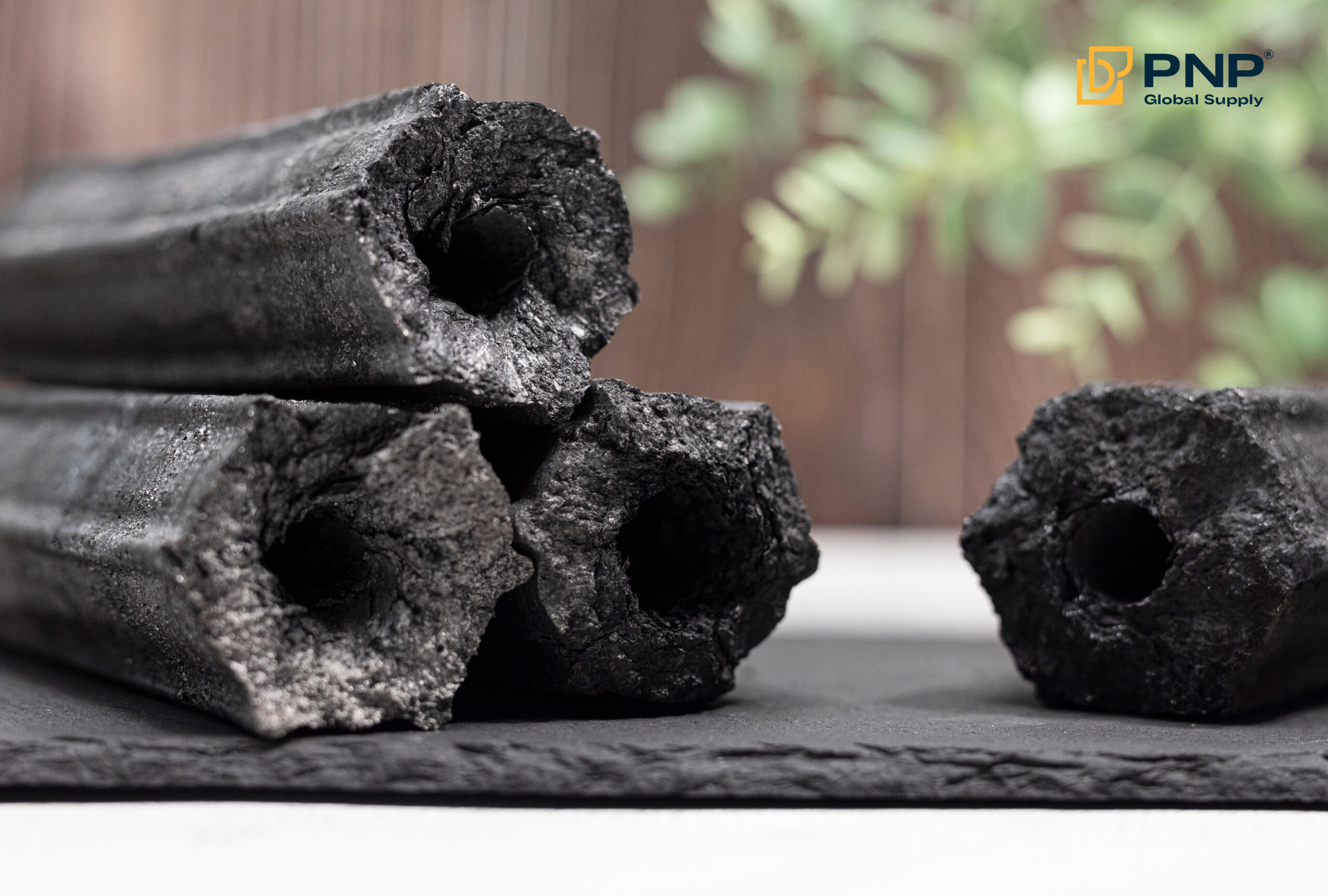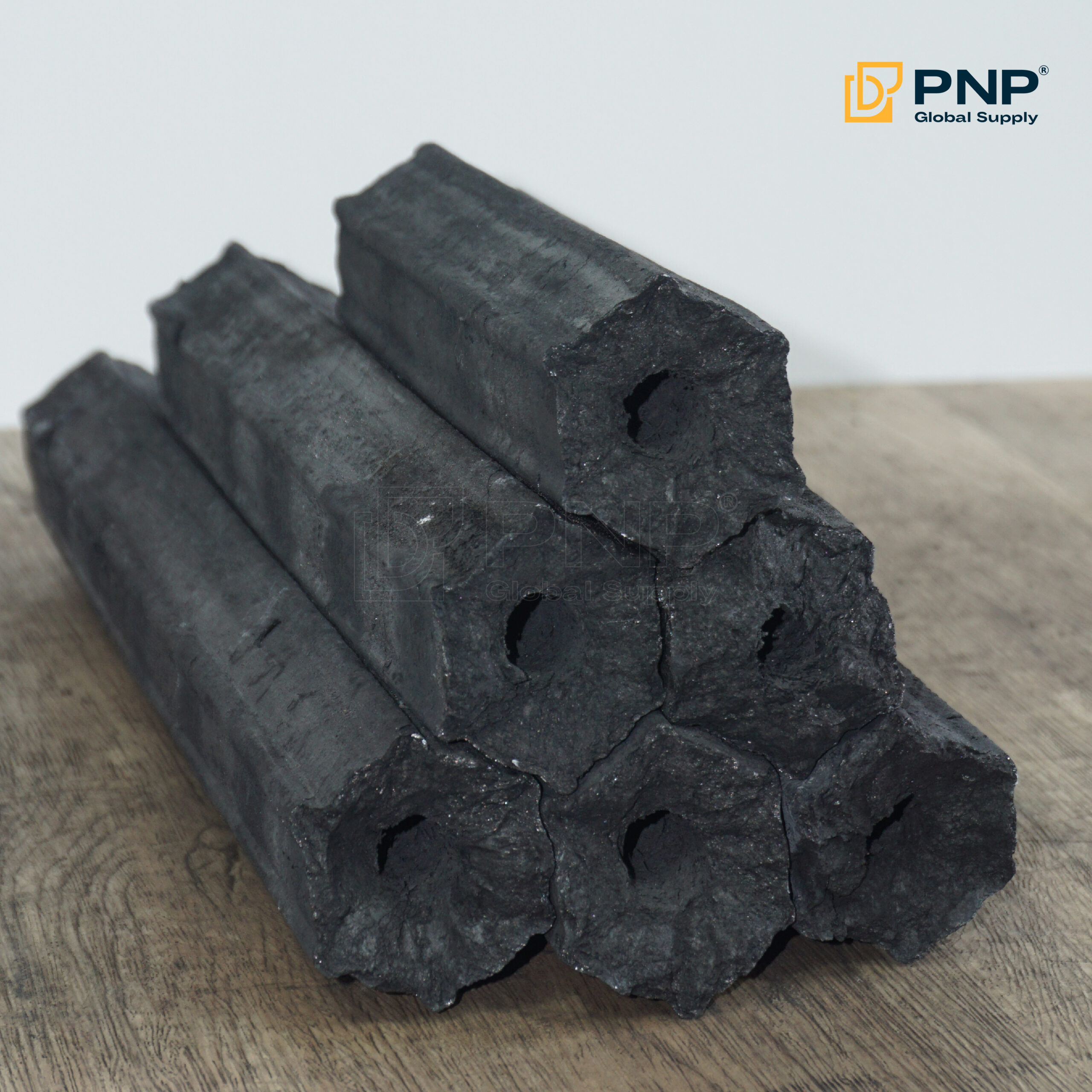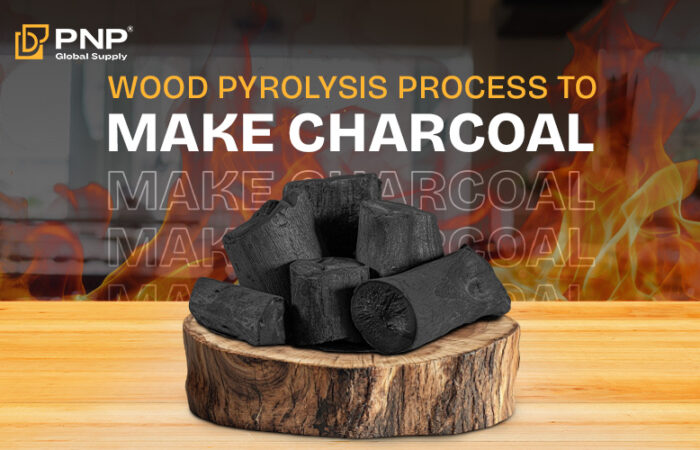If you’ve ever wondered how to make charcoal from sawdust, you’re not alone. More and more people are turning to sustainable fuel alternatives, and sawdust charcoal is quickly becoming one of the most popular choices. It’s clean, affordable, and made from recycled materials — all the boxes for an eco friendly charcoal are checked.
In this guide, we’ll walk you through everything you need to know: from choosing the right materials, shaping the briquettes, all the way to the carbonization process. Whether you’re looking to start a small production line or just curious about how sawdust charcoal briquettes are made, this is the place to start.

Why Sawdust Charcoal Is Gaining Popularity
Sawdust charcoal, or more precisely, compressed sawdust charcoal, is made by collecting fine wood dust — the kind usually considered waste — and turning it into a charcoal briquette through pressing and carbonizing. Sounds simple, but there’s real science and technique behind doing it right.
So what makes sawdust charcoal so appealing? First of all, it is environmentally friendly because it gives new life to wood waste that would otherwise be discarded and helps reduce deforestation by cutting down the need for freshly harvested wood. These briquettes also burn longer and hotter than regular lump charcoal, making them a reliable fuel source for both household and commercial grilling. They produce low smoke and minimal ash, which is ideal for indoor cooking or use in restaurants that need a clean grilling experience. In addition, the raw materials such as sawdust are inexpensive and easy to find locally, which makes the production process highly cost-effective. That is why many briquettes charcoal suppliers are shifting to this method: it makes sense both economically and environmentally.
A Step-by-Step Guide to Making Sawdust Charcoal
Step 1: Prepare the Right Materials
Before starting, it’s important to choose the right raw materials for making charcoal briquettes. Not all sawdust is the same. Sawdust is the main ingredient, and ideally, it should be clean and dry from hardwoods like acacia, oak, or eucalyptus. These woods have a higher carbon content, which helps the charcoal burn longer and more efficiently. The moisture content should be below 10%, and the sawdust particles should be fine to make stronger briquettes. If you use a cold press machine, you’ll need a natural binder like cassava starch or corn flour to help hold the briquettes together. For hot press machines, the heat and pressure are enough, so no binder is necessary.
Step 2: Dry the Sawdust
Moisture is the enemy of good charcoal. If the sawdust is too wet, the briquettes will break apart easily or burn poorly. For small batches, sun-drying works well but takes time. For larger production, rotary dryers are faster and more efficient. You can test moisture by squeezing some sawdust in your hand — if it clumps, it’s still too wet and needs more drying.
Step 3: Shape the Briquettes
Now comes the fun part: shaping the charcoal briquettes. You’ll need a briquetting machine. There are two main types. Cold press briquetting requires mixing dry sawdust with a binder and water, then pressing it into solid briquettes, often cylindrical or hexagonal. Hot press briquetting uses heat and pressure to compress the sawdust without any binder, producing dense and smooth briquettes often used for premium BBQ charcoal. The shape is important not just for appearance but also because it affects airflow and how efficiently the briquettes burn.
Step 4: Carbonize the Briquettes
After shaping, the briquettes need to be carbonized — that means slowly heating them in a low-oxygen environment to burn off moisture and volatile gases, leaving pure carbon. There are two common methods. Traditional kilns made from bricks or earth are cheap and easy to build but harder to control temperature and produce more smoke. Retort kilns are sealed metal containers with controlled heat, which are more efficient, cleaner, and faster — ideal for export and high-quality production. The temperature range is roughly 250–300°C for drying, 300–500°C for main carbonization, and above 500°C to produce high-carbon, long-burning briquettes. This process takes several hours, and it’s important to avoid heating too quickly to prevent cracking or fire.
Step 5: Cooling and Packaging
Once carbonized, the briquettes are still very hot and should not be exposed to air suddenly, as they can ignite. They need to cool slowly in a sealed chamber, usually for 12–24 hours. Then, dust and broken pieces are sifted out, and briquettes are sorted by size if needed, especially for BBQ use. Packaging is done in moisture-proof bags, with smaller packs (3kg, 5kg, 10kg) for consumers and bulk sacks (20–25kg) for restaurants and wholesalers.
Step 6: Proper Storage
Although charcoal looks tough, it’s sensitive to moisture. To keep it in good condition, store the bags in a dry, well-ventilated area, keep them off the ground on pallets, and avoid humid environments to protect your hard work.
Have you ever wondered why sawdust charcoal has a hole in the middle? Find out the reason in: Why Does Sawdust Charcoal Have a Hole in the Center?

Where to Buy Quality Sawdust Charcoal
Choosing the right place to buy sawdust charcoal means looking beyond just the price. Product quality and supplier credibility matter just as much. A reliable supplier should use clean hardwood sawdust and apply proper carbonization methods to produce charcoal that burns longer with minimal smoke. Look for manufacturers that provide detailed product specifications including fixed carbon content, ash percentage, and moisture levels. Certifications such as FSC or ISO also show a commitment to quality and sustainability. For those sourcing charcoal for BBQ, restaurants, or wholesale needs, it’s best to work directly with producers who offer consistent quality across both retail and bulk orders.
One trusted name in the industry is PNP Charcoal. We specialize in high-quality sawdust charcoal made from 100 percent hardwood, ideal for both commercial and home BBQ use. With export-ready standards, competitive pricing, and a strong focus on sustainability, PNP Charcoal is your reliable partner for long-burning and low-smoke charcoal products.

Conclusion
Learning how to make charcoal from sawdust is more than just a technical process — it’s about creating value from waste. It’s a way to support sustainability, reduce reliance on traditional wood charcoal, and tap into a growing global market.
Whether you’re looking to start your own production, become a briquettes charcoal supplier, or simply understand what goes into that bag of charcoal you buy, this process shows just how much thought and care goes into every piece.
________________________________
Contact us for more information
Facebook: PNP Charcoal
Instagram: PNP Charcoal
Email: info@pnpglobalsupply.com




